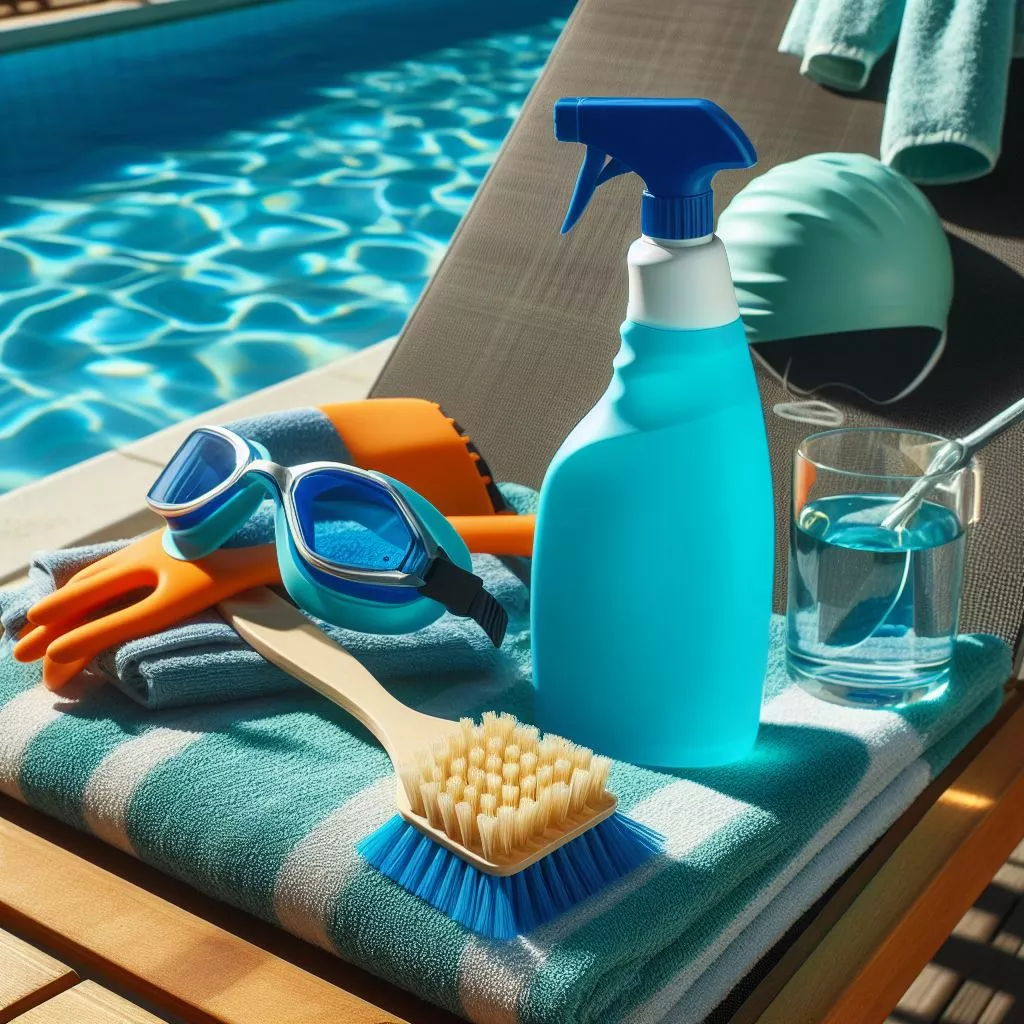Algae growth is a common challenge in swimming pool maintenance, affecting water clarity and overall pool aesthetics. Algaecides are chemical treatments designed to control and prevent algae growth in pools. However, the frequency of algaecide usage can significantly impact pool water quality. This article examines the effects of algaecide usage frequency on pool water quality, exploring optimal application practices to maintain clean and clear pool water.

Understanding Algaecides
Algaecides are chemical formulations specifically formulated to inhibit algae growth in swimming pools. They work by disrupting the cellular structure of algae, preventing their growth and reproduction. Algaecides are available in various forms, including liquid, granular, and tablet formulations, each with specific application instructions.
Factors Affecting Algaecide Usage Frequency
Pool Environment: The frequency of algaecide usage depends on factors such as pool size, location, and surrounding vegetation. Pools located in areas with high temperatures, humidity, and sunlight exposure may require more frequent algaecide treatments to prevent algae growth.
Pool Usage: The level of pool usage also influences algaecide usage frequency. Pools frequently used by swimmers are more susceptible to introducing organic contaminants, promoting algae growth. Regular monitoring of pool usage helps determine the appropriate frequency of algaecide treatments.
Water Chemistry: Proper water chemistry maintenance is essential for preventing algae growth and optimizing algaecide effectiveness. Factors such as pH levels, chlorine concentration, and alkalinity impact algaecide efficacy and usage frequency. Maintaining balanced water chemistry ensures the optimal performance of algaecide treatments.
Impact of Algaecide Usage Frequency on Pool Water Quality
Algae Prevention: Regular application of algaecides helps prevent algae growth and proliferation in swimming pools. By inhibiting algae development, algaecides maintain water clarity and prevent the formation of unsightly algae blooms.
Water Clarity: Algaecides contribute to maintaining clear pool water by preventing algae growth and reducing the formation of algae-related debris. Clear water enhances the pool’s visual appeal and provides a more enjoyable swimming experience for users.
Enhanced Filtration Efficiency: Algaecide treatments complement pool filtration systems by reducing the presence of algae and algae-related debris in the water. This enhances filtration efficiency and reduces the workload on the filtration system, resulting in cleaner and clearer pool water.
Algaecide Residue: Overuse or improper application of algaecides can lead to the accumulation of algaecide residue in pool water. Excessive algaecide residue may affect water chemistry and clarity, necessitating additional maintenance and corrective measures to restore water quality.
Optimizing Algaecide Usage Frequency
Regular Monitoring: Monitor pool water quality and algae growth regularly to determine the appropriate frequency of algaecide treatments. Adjust the application frequency based on environmental factors, pool usage, and water chemistry parameters.
Follow Manufacturer Instructions: Adhere to manufacturer instructions regarding algaecide dosage, application method, and frequency. Overuse or underuse of algaecides can impact their effectiveness and lead to water quality issues.
Use Algaecides Proactively: Incorporate algaecides into a proactive pool maintenance routine to prevent algae growth before it becomes a problem. Regular, preventive treatments help maintain consistent water quality and reduce the need for reactive algae control measures.
Balance Water Chemistry: Maintain balanced water chemistry parameters, including pH, chlorine levels, and alkalinity, to optimize algaecide effectiveness. Properly balanced water chemistry enhances algaecide performance and minimizes the risk of algae growth.
Conclusion
In conclusion, the frequency of algaecide usage plays a crucial role in maintaining clean and clear pool water. By understanding the factors influencing algaecide usage frequency and their impact on water quality, pool owners can implement optimal application practices. Regular monitoring, adherence to manufacturer instructions, proactive treatment approaches, and balanced water chemistry are key strategies for maximizing the effectiveness of algaecides while preserving water quality in swimming pools.

 Instant
Quote
Instant
Quote Email
Us
Email
Us